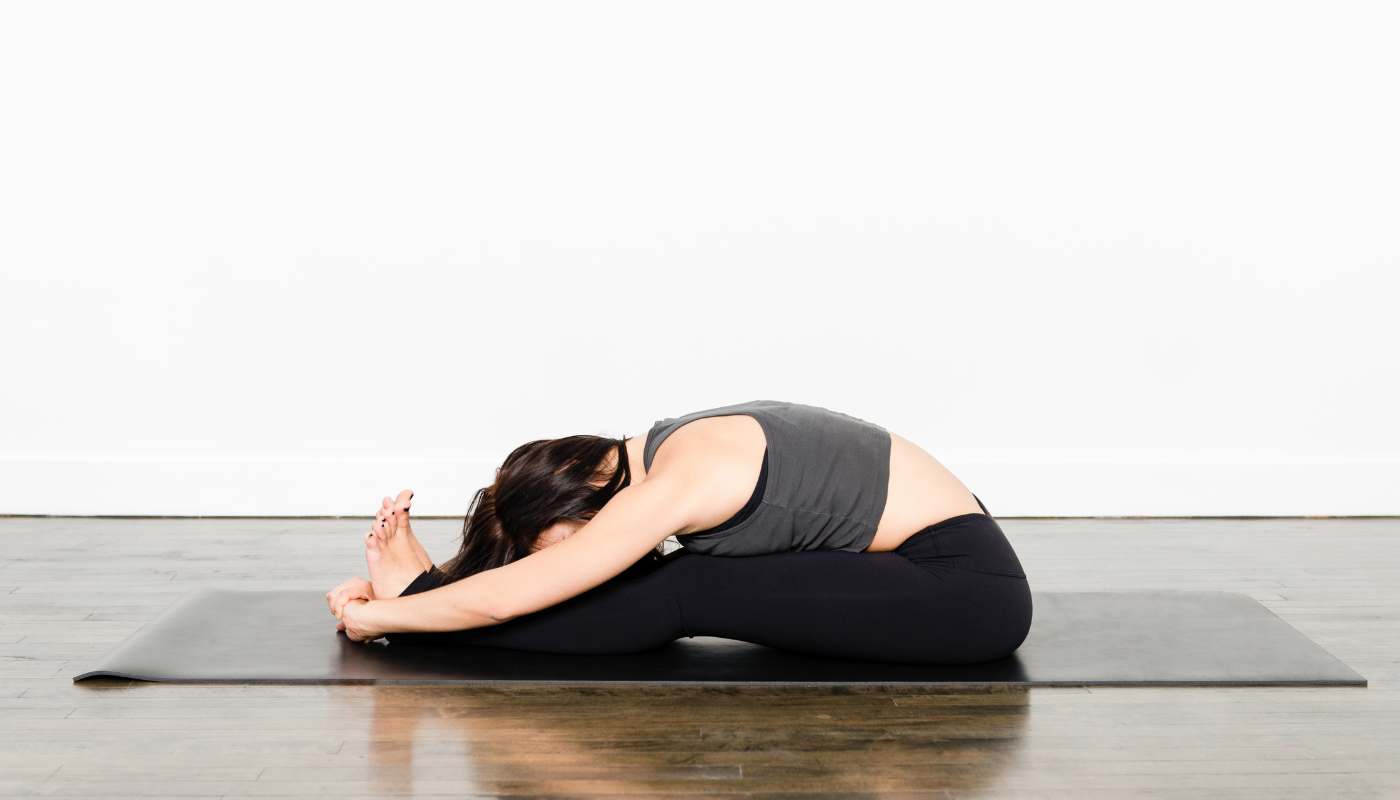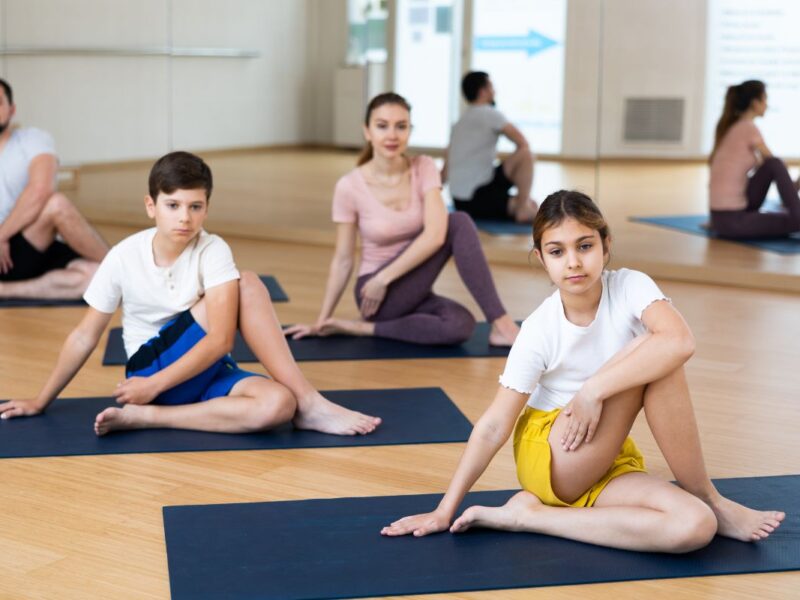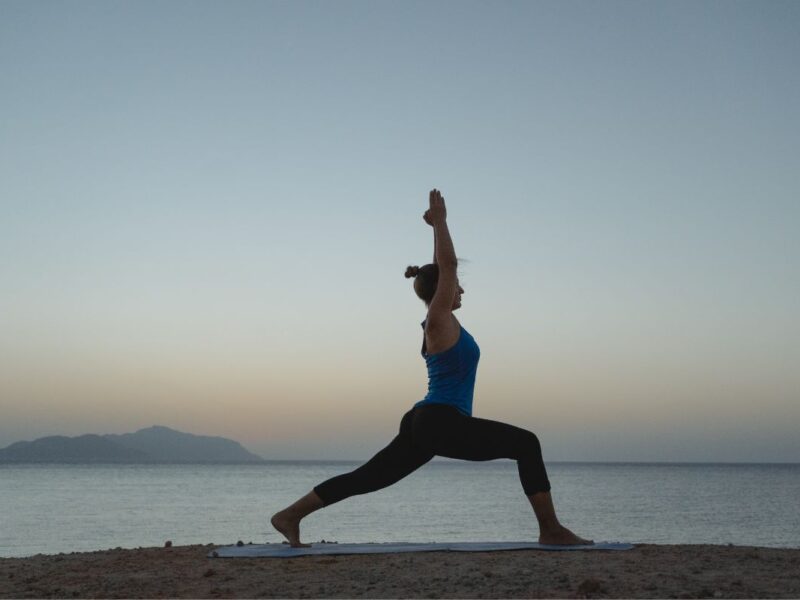Paschimottanasana, also known as the back stretching pose, is a foundational yoga pose that promotes flexibility and relaxation. It involves a forward bend from a seated position, stretching the entire back of the body.
Etymology and History:
The name “Paschimottanasana” is derived from Sanskrit words: “Paschima” meaning west or back, “Uttana” meaning intense stretch, and “Asana” meaning pose.
This pose has ancient roots in yoga and is mentioned in classical yoga texts like the Hatha Yoga Pradipika and the Gheranda Samhita.
It holds significance in traditional yoga practices for its ability to stimulate the swadhisthana chakra and promote physical and spiritual well-being.
Step-by-Step Instructions:
- Sit on the floor with legs outstretched, feet together, and hands resting on knees.
- Slowly bend forward from the hips, sliding hands down legs towards toes.
- Aim to grasp toes with fingers and thumbs, or hold heels, ankles, or any accessible part of legs.
- Keep movements slow and gentle, avoiding force or jerking.
- Maintain a firm grip on toes or legs while gently bringing trunk towards legs, aiming to touch knees with forehead.
- Hold the position for a comfortable duration, breathing deeply and relaxing muscles.
- Slowly return to the starting position, completing one round.
Breathing and Duration:
- Inhale while in the starting position, exhale slowly while bending forward.
- Breathe deeply and slowly while holding the pose, or retain the breath out briefly.
- Inhale while returning to the starting position.
- Beginners can perform up to 5 rounds, while advanced practitioners may hold the final pose for up to 5 minutes.
Awareness and Sequence:
- Focus on physical sensations in the abdomen and relaxation of back muscles.
- Spiritual awareness can be directed towards the swadhisthana chakra.
- Paschimottanasana can be practiced before or after backward bending asanas like Setuasana, Chakrasana, Bhujangasana, or Matsyasana.
Contraindications:
Individuals with slipped discs or sciatica should avoid Paschimottanasana to prevent exacerbating their condition.
Read More: Yoga Teacher Training in Rishikesh
Benefits:
- Stretches hamstring muscles and increases hip joint flexibility.
- Tones and massages abdominal and pelvic organs, including the liver, pancreas, spleen, kidneys, and adrenal glands.
- Stimulates circulation to nerves and muscles of the spine.
- Used in yoga therapy for managing various health conditions such as prolapse, menstrual disorders, sluggish liver, diabetes, colitis, kidney complaints, bronchitis, and eosinophilia.
Learn to know more about yoga poses so you can join 200 hour yoga teacher training in rishikesh and 300 hour yoga teacher training in rishikesh



